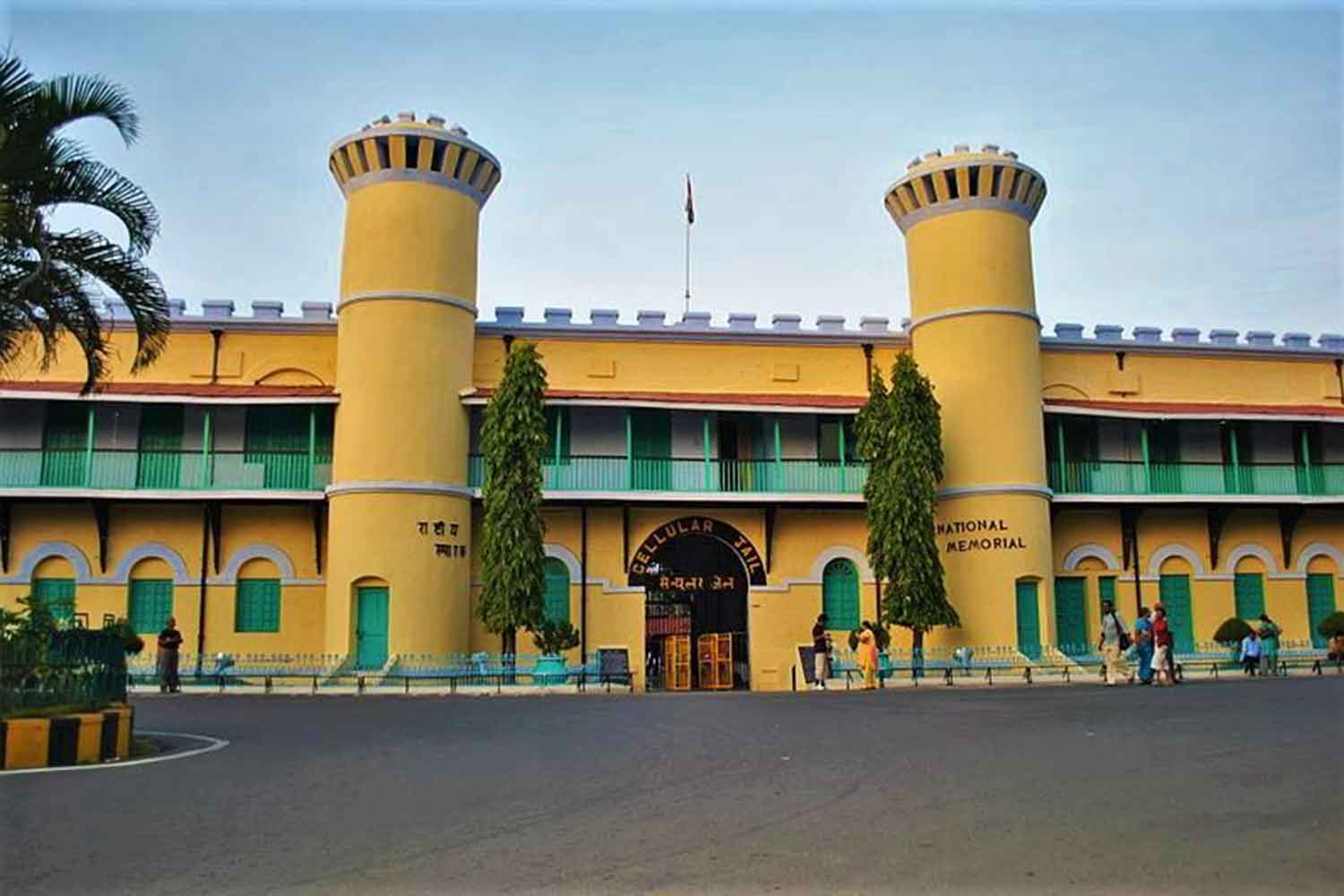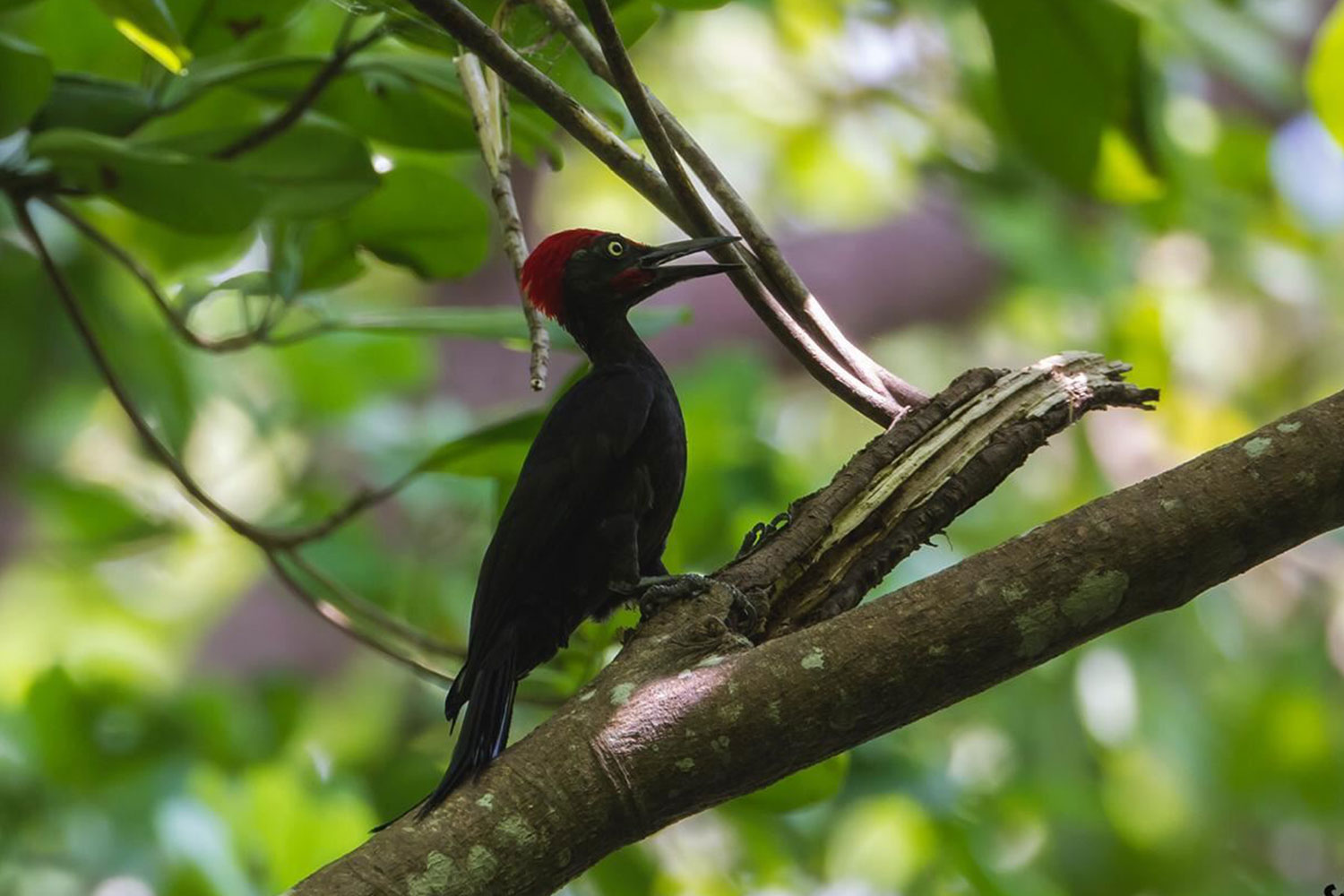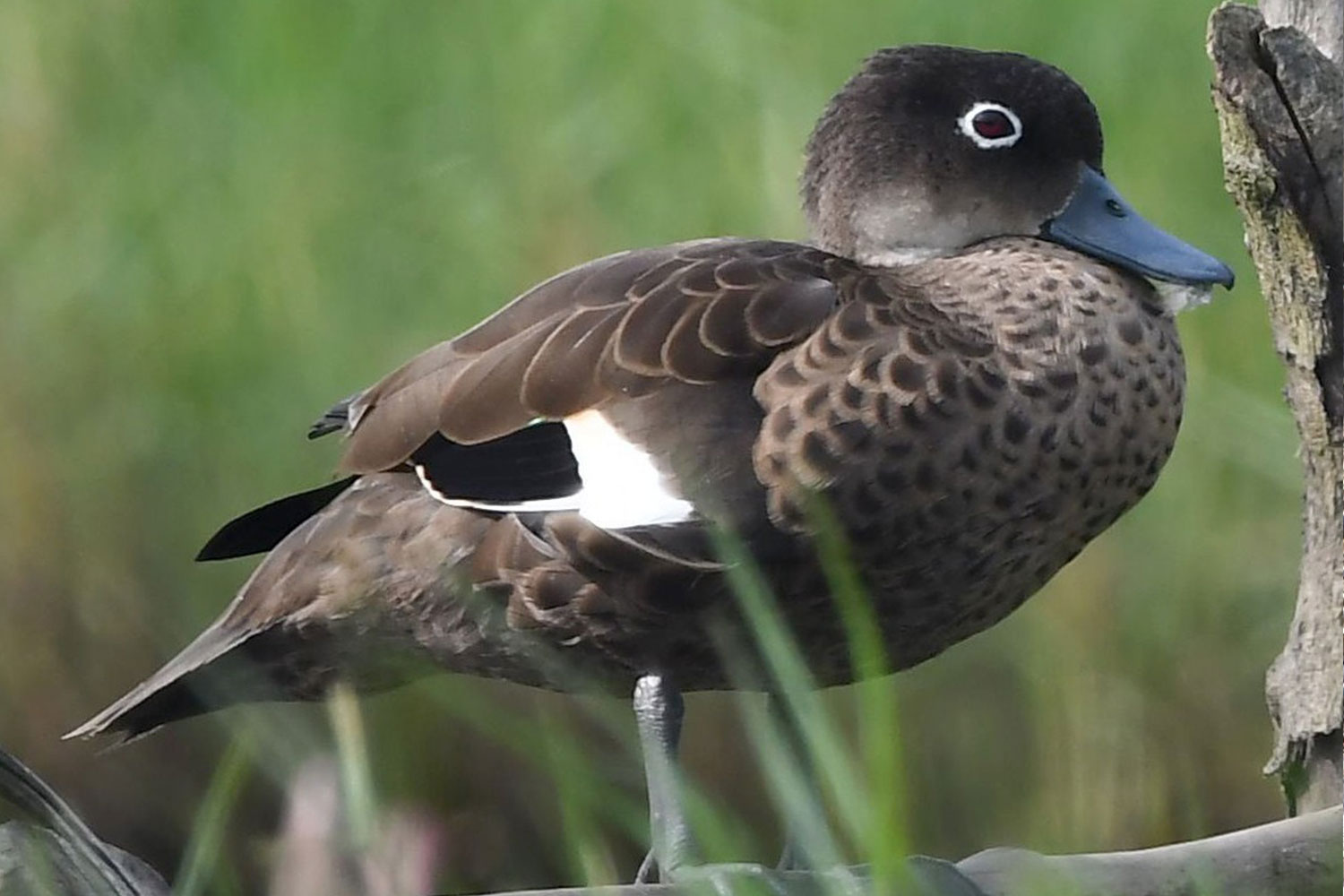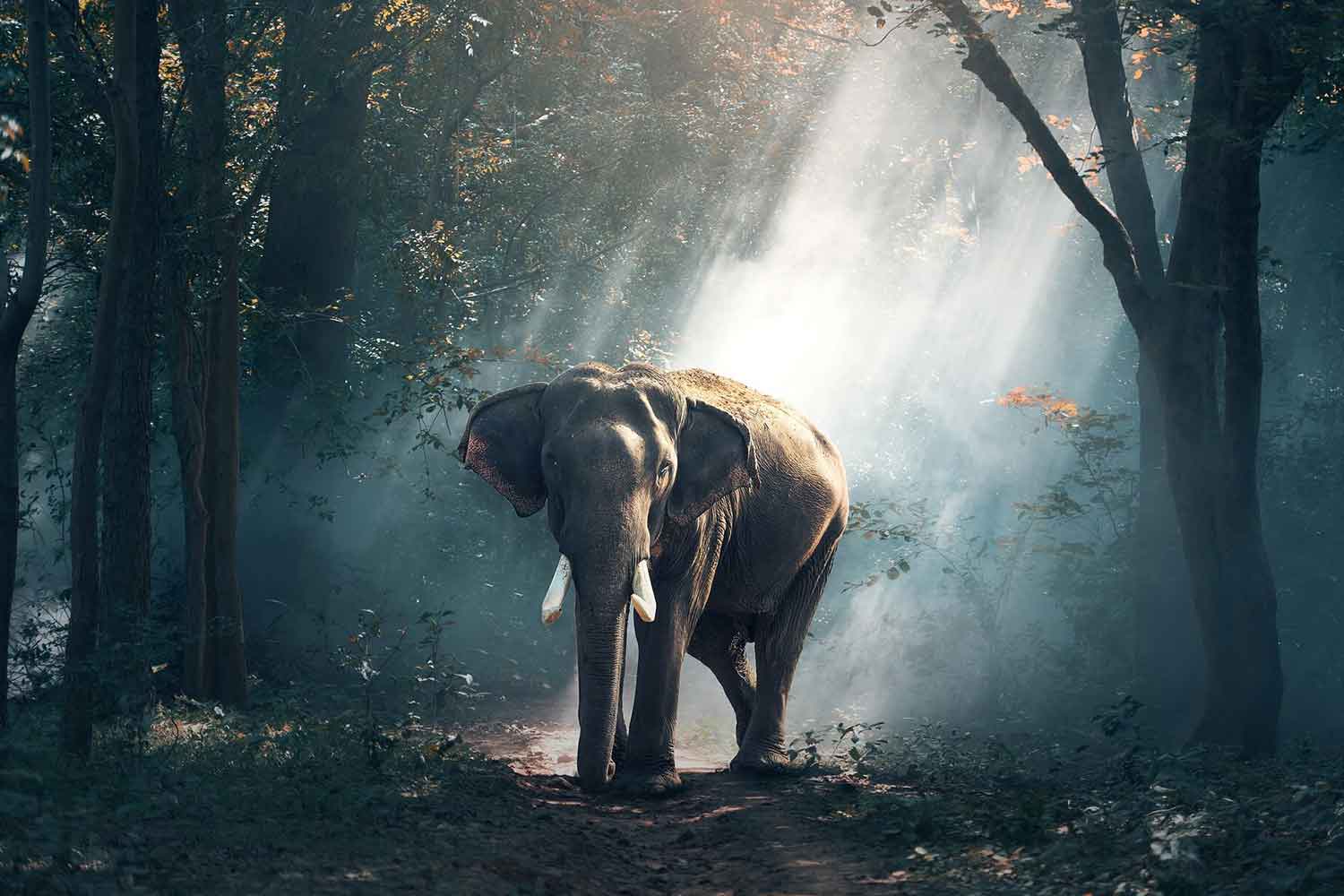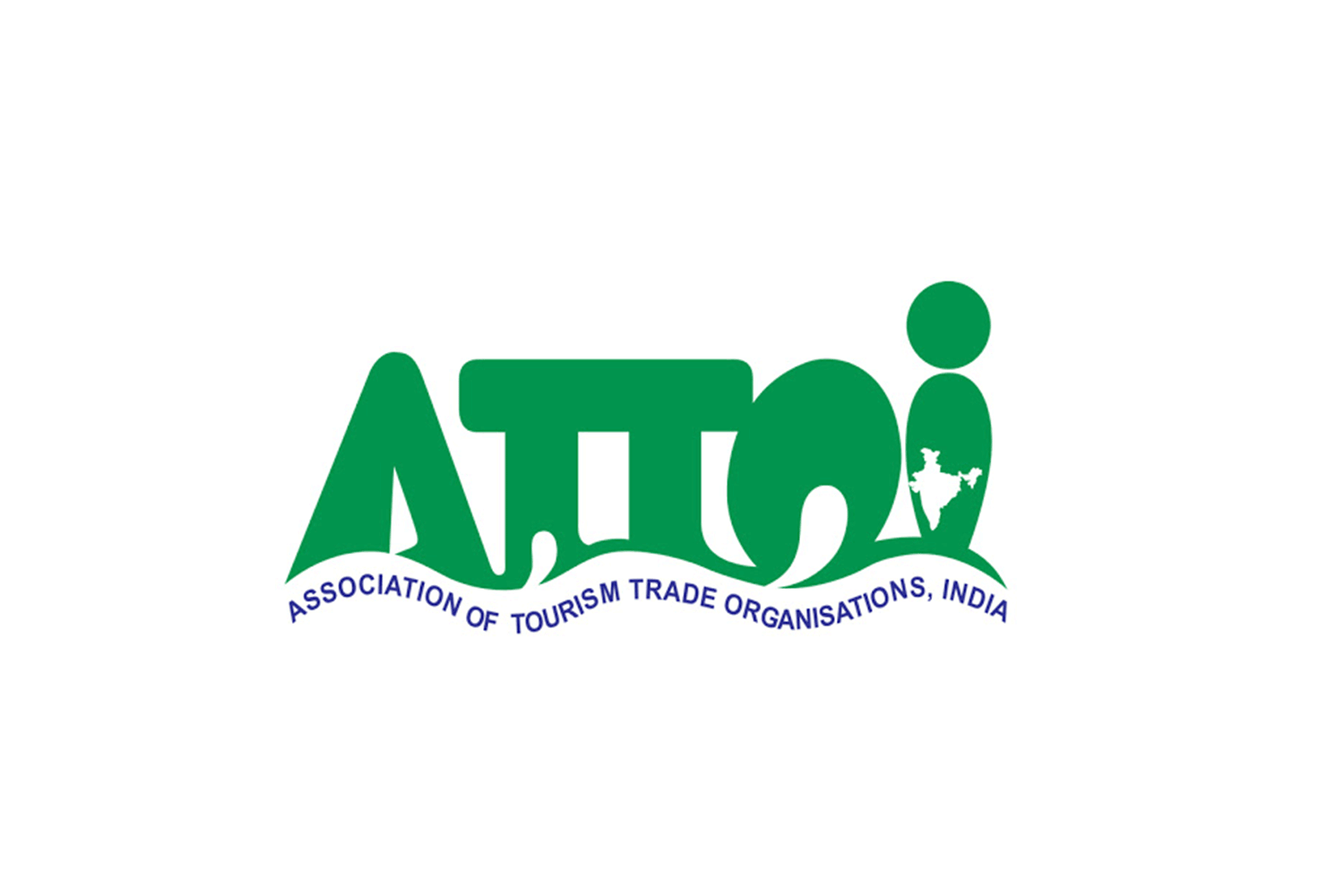Endangered Mammals of India
January 17, 2018
The tour encompassing the habitats of ‘Endangered Mammals of India’ is an effort to bring you closer to the beautiful Wildlife blissfully dwelling across the length and breadth of the country. The extensive eighteen days itinerary includes destinations which are world renowned and have also been acknowledged by UNESCO World Heritage Site. These places display a classic example across the globe for providing a healthy Ecosystem that has managed to sustain the lives of many species of birds and mammals whose population have been unfortunately wiped out from many parts of the world. It has been more than a decade since the commencement of our first tour and from then it has swiftly peddled its way to become one of our signature tours. The quintessential quality about this journey is just at one shot people get to witness and experience the wilderness of various landscapes and forest types. The moment we receive the confirmation for this tour from the guests our backend team and ground operators come into action. Hotel reservation, Safari, and transport booking, talking and noting stake-outs with our guides, planning circuits and routes become our primary objective.
Being a wildlife company and promoting the cause of conservation, we have developed a liaison with all the eco-lodges that cater to the comforts of the guests without compromising the ethos of the surrounding. A representative is present at Sardar Vallabhai Patel Airport to escort the guests to their hotel arranged in Bhavnagar. Velavadar National Park is the first stopover on this trip. Situated in the extreme west of India, the park supports a unique grassland ecosystem harboring herds of antelope and the critically endangered Lesser Floricans. The place has also earned the reputation of being the largest roosting site of the harriers and it has also been home to the Indian Wolves & Striped Hyena who are bestowed with the title of the ace grassland predator after the unfortunate extinction of Asiatic cheetah.
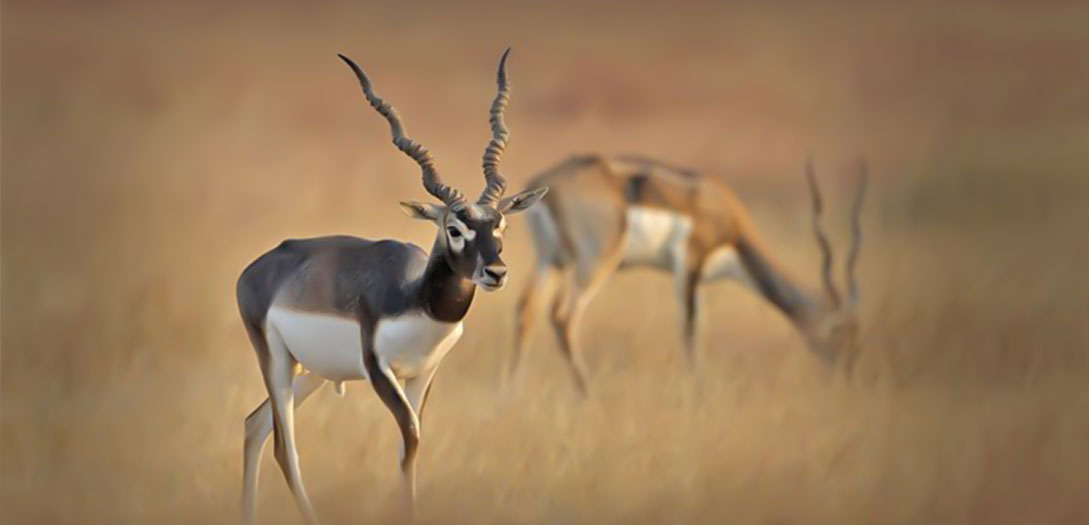
Our Western India Naturalist carrying a list of the target species meets the guests before commencing the wilderness tour in the west. Inside the park Blackbucks, the handsome species in the antelope family can be seen in large numbers however it is the presence of Lesser Floricans and the sought after species of harriers that fascinate the clan of birdwatchers.
Recently the reintroduction of African Cheetah was taken into consideration in Velavadar National Park, Tal Chhapar Sanctuary and parts of the grasslands region in Madhya Pradesh. However, lack of required habitat and prey density for Cheetah made the Supreme Court of India reject the year-old plan.
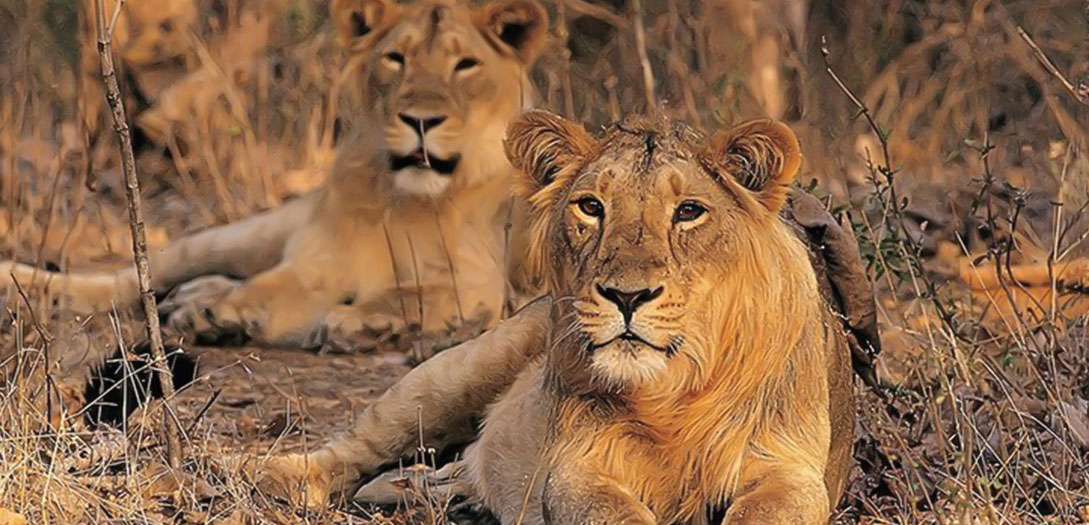
Just a few hours drive from Velavadar National Park will take the guests to Gir National Park home to the Asiatic Lions. We ensure all the checking formalities are fulfilled before the guests embark on their first Lion Safari. Accompanied by our experienced naturalist the guests go for at least 4 Safaris in 4WD that covers all the morning shifts in the safari. The beautiful melange of dry deciduous forest and savannah landscapes at Gir Forest creates a perfect habitat for the majestic felines who were scummed to brutal killings in almost all parts of Asia. It was the Nawabs of Junagadh who took the first positive step in light of saving the sinking population of these big cats followed by the local villagers who showed sensitivity towards lion conservation. With just 20 lions left in the early twentieth century today, a whopping 450+ lions are wondering in the region. Thanks to the implementation of the holistic approach brought by the government of India and other stakeholders for bringing such a monumental change in the world of the wild. Besides lions, Gir also carries a population of Leopards, Striped Hyena, and the endangered Mugger crocodile.
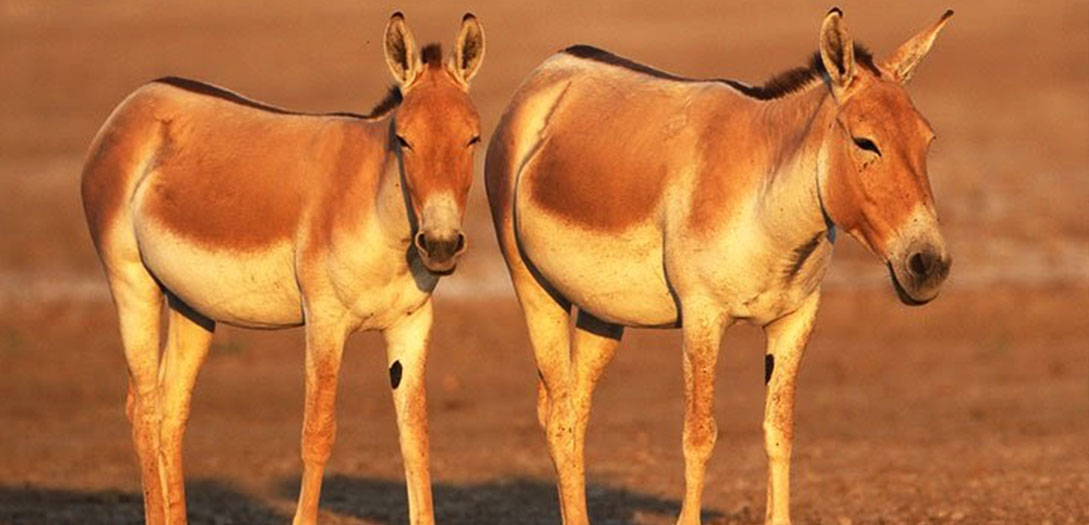
Little Rann of Kutch is our next destination in the spotlight for Asiatic Wild Ass. The place is a beautiful confluence of saline wetlands and vast plains that stretch into the horizon. During winters it transforms into an interim home for migratory birds who travel all the way from far north and west. Birdwatchers from every corner visit this place just to see the beautiful congregation of Greater and Lesser Flamingos. Demoiselle Cranes, Northern Pintail, Common Cranes, Common Pochard, Black Necked Storks and many more. Our guests are greeted with a welcome drink after arriving at our eco-resort ‘Rann Riders’ which is situated on the edge of Little Rann of Kutch. Our wildlife safari in this wonderful salt desert begins early in the morning.
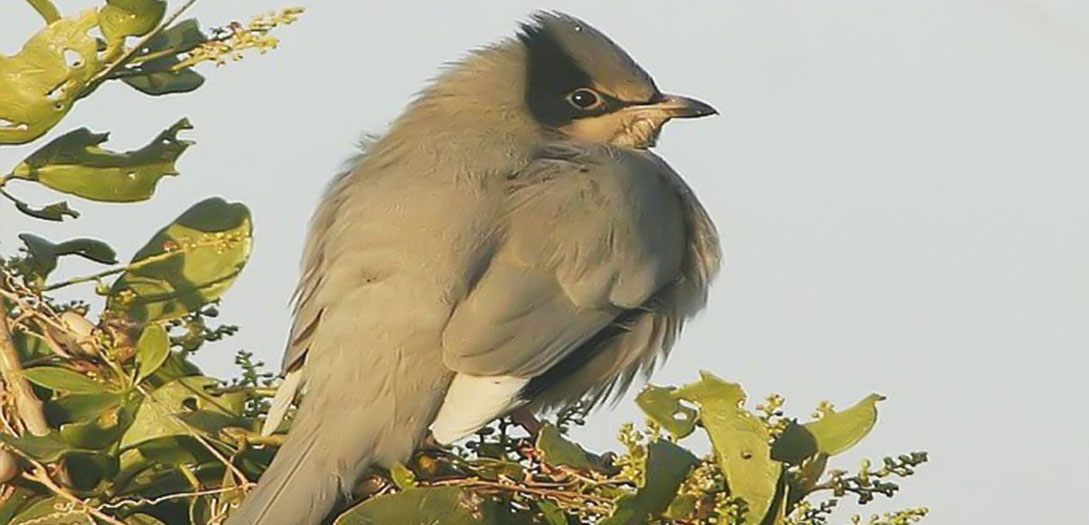
Before making our way to the marshy wetland, we first traverse in the plains of Kutch scattered with patches of grassland in order to sight our target species such as Grey Hypocolius, Macqueen’s Bustards, Short-toed eagle, Sociable Lapwing, Stoliczka Bushchat, etc. The lack of arable and industry-friendly land has kept this place away from any form of modernization. Probably this is one of the reasons why some of the critically endangered species are thriving in the region without any threat of human intervention to date.
After concluding our wilderness exploration in Western India, we move downwards to Pench National Park which lies in the heart of the nation. The topography of Western and Central India is quite similar; both of them are mostly covered by the dry deciduous forest. However, the one startling difference that partitions the land into two kingdoms is if the Asiatic Lions dominate the west the Bengal Tigers rule the Centre. After completing the check out formalities in LRK, our guests are transferred to the Ahmedabad Airport to board a flight for Nagpur.
Pench National Park is just two hours drive from Nagpur Airport. The rest of the day is at leisure for our guests once they arrive at Vannraj Resort which is located near Touria Zone in Pench forest. Pench Forest rose to fame carrying a viable population of tigers, leopards, and other mammals. The picturesque beauty of the national park has been beautifully depicted in Ain-e-Akbari, a historical book that emerged in Akbar’s coterie and the adventurous Jungle Book written by Rudyard Kipling. The shy and wild mammals who are successful in camouflaging themselves in the otherwise tall grasses and sky kissing trees can be easily spotted in the dry deciduous forest of Pench. The years of association with the national park of central and western India have empowered our naturalist Mahendra to get familiarised with every nook and cranny of the expanse. He is updated with every new change that takes place in these parks, be it a reintroduction of a new tiger in the vicinity or the boom of offspring in the region. The two days stay over here is filled with adventurous jeep safaris in both core and buffer zones of the park.
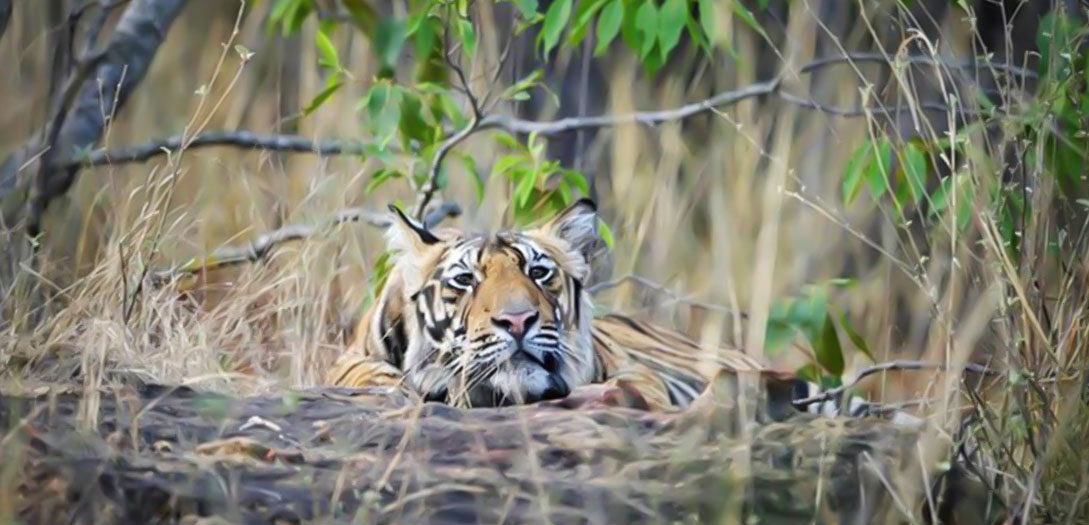
Tadoba National Park is the next step in this incredible journey of Endangered Mammals of India tour. Interestingly every state of India owns more than one national park or wildlife sanctuary in its precinct that helps in paving way for modernization without posing threat to nature and wildlife. In the state of Maharashtra, Tadoba is the largest and the oldest national park spanning across 625.40 square kilometers. The park was successfully associated with India’s project tiger and is currently supporting the highest density of Bengal tigers in Western India.
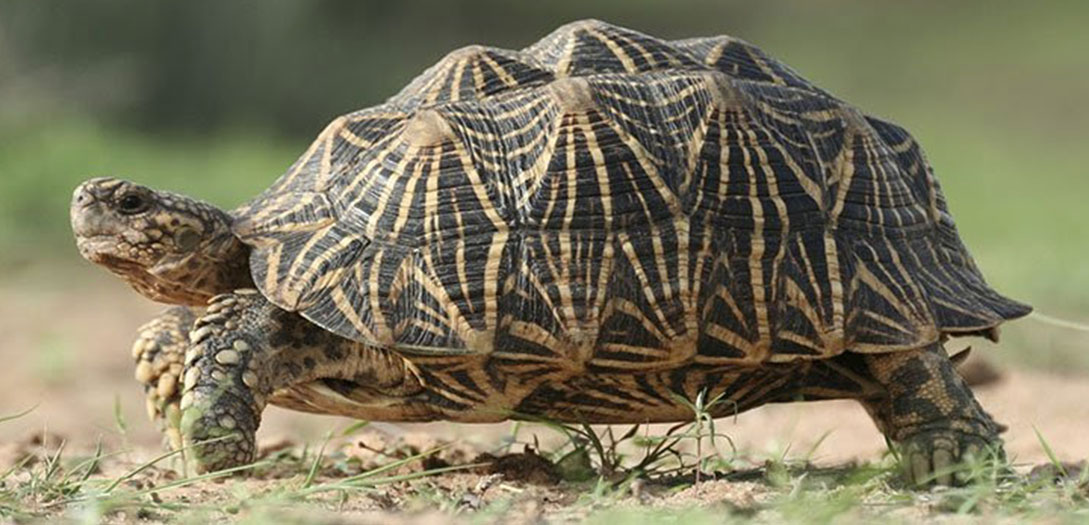
Our stay will be at a Wildlife Lodge located at Kolara Gate at Tadoba National Park. While going for jeep safaris there will be many opportunities to photograph Tigers, Leopards, Sloth Bear, Striped Hyena, India Civet, and the endangered Indian Star Tortoise and Marsh Crocodile.
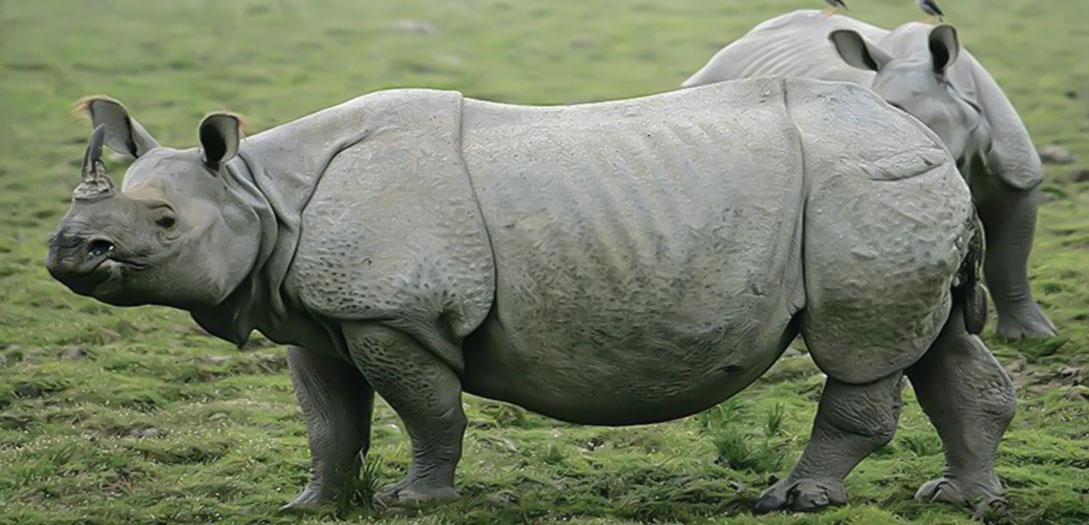
Sitting in the extreme east of India, Kaziranga National Park is the last stopover in this extensive Indian Wildlife Holiday. The dense tropical broadleaf forest has all the praise worldwide for being the last stronghold of the most vulnerable the One-horned Rhinoceros. The family of Rhinoceros who is commonly abbreviated as ‘Rhino’ has been forcefully dragged in the terrible business of Horn Trade. Their horns are considered to carry medicinal properties for several fatal human diseases and precisely, for this reason, many of the Rhino species have become endangered across the world. However, the sensitivity for Rhino conservation amongst the locals and the induction of environment-friendly government policies in the region have created a protective shield saving them from poachers and hunters. Today these vulnerable species are leading a wonderful life in the tropical broadleaf forest of Kaziranga.
Besides One-horned Rhino, species like Asian Elephants, Bengal Tigers, Asian Leopards, Golden Langur, and Capped Langurs, Wild Buffalo, Swamp Deer, Bengal Florican can be found in large numbers. Our guests’ stay at Wild Grass Lodge which is placed a few meters away from Kaziranga National Park. During their two days sojourn, they will be taken for a full day guided safari in the park spearheaded by the expert naturalist of East Indian National Park.
Picture Courtesy – Agami– Red Panda
Picture Courtesy – Schnieder -Wild Asses
Picture Courtesy – Gaurav Kataria – Black Buck & Tiger



